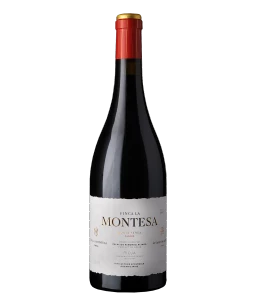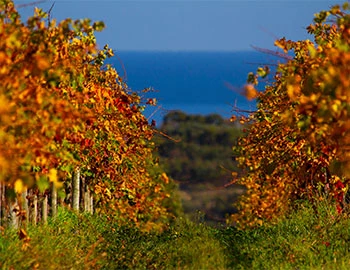Spain
Spain – Variety and perfection
“Somewhere in la Mancha, in a place whose name I do not care to remember...,” begins Don Quixote's odyssey.
The most famous part is definitely when Don Quixote thinks windmills are his enemy and wants to fight them – until they nearly kill him. It’s possible there was a bit too much of the La Mancha wine at play. Spanish vines fight for their survival in rugged landscapes, battling fierce drought and rough soils. But they fight well.
Sparkling wines from Spain
White wines from Spain
Rosé wines from Spain
Red wines from Spain
Sweet wines from Spain
South wines from Spain
Spirits from Spain
It all began 1,000 years before Christ. Phoenicians brought precious vines with them from their homeland, cultivating them along the Mediterranean coast. The Romans brought the first advanced wine techniques and expanded viticulture throughout the entire Iberian Peninsula. Less wine flowed in the 5th century, as the Romans were expelled by the Visigoths, who had little sense of culinary delicacy. In the 8th century, the Moors arrived and nearly made the entire country their subjects – and their religion forbade indulging in alcohol. In the 15th century, the Spanish reconquered the last remaining patches of the country. The Cistercian monks immediately planted the first vines, and peasants diligently followed their example.
Wine cultivation very quickly developed into the country’s most important economic driver. Spanish wine was drunk outside its borders as early as the 16th century. And naturally the Spanish conquistadors in South America did not want to give up their beloved drink.
One man’s pain, another's pleasure
The history of wine exporting begins in Bilbao. At the end of the 18th century, a ship with some 1,500 bottles set out towards India. In the second half of the 19th century, modern viticulture began, before peaking at the end of the 19th century, when the phylloxera epidemic destroyed vines nearly everywhere in Europe. As a result of the epidemic in neighboring countries, Spanish wines achieved international significance for the first time.
The vast majority of European grape varieties are highly susceptible to the phylloxera louse, whereas American varieties are immune. For this reason, the art of "grafting" was developed. In the process, a European vine is placed onto the roots of an American vine, and an airtight seal is made at the join with grafting wax. Despite its American base, the European vine develops entirely according to its own natural characteristics.
So while Spain was not spared invasion, the Rioja region was an exception, as its vines were already grafted and were therefore largely resistant to phylloxera.
A unique environment
In the north, east, and south, mountain chains protect the inland from hot Atlantic currents. The elevation of the country’s interior – seldom less than 600 meters – intensifies a rough climate that produces wines full of character. The climatic conditions in the Rioja and Navarre regions are particularly unique, as Continental, Mediterranean, and Atlantic influences overlap. And the wine selection is as varied as the climate and soil.
Unquestionably, the most famous wine regions are La Rioja, Ribera del Duero, and Priorat. But Spanish vintners do not rest on their laurels – and vines, as it were – and are constantly searching for new terroirs and forgotten grape varieties.
Spanish wines are successful around the world. Over the last 25 years, Spanish wine exports have increased fivefold. The wine industry has great economic importance, providing 1 percent of Spain’s gross domestic product.
























